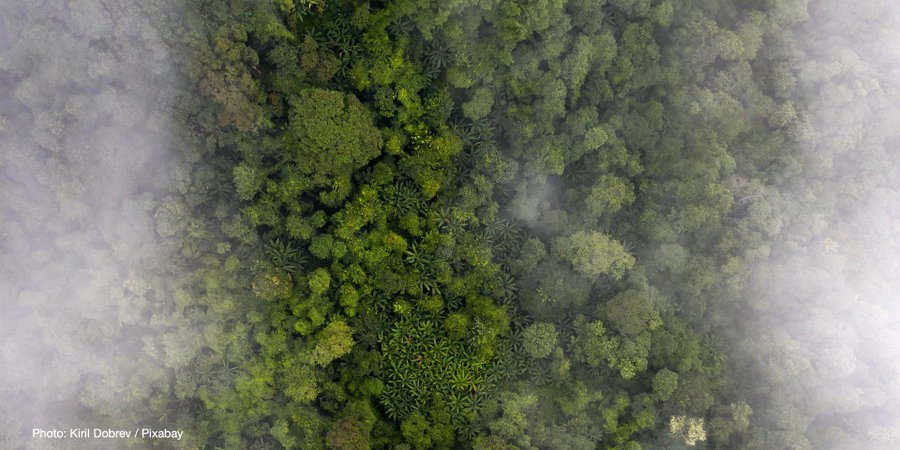Lucy Tombs
Vogue’s increasing attention to the sustainability of the garment industry is proving to be a hit with readers and brands alike. Its increasing momentum can be attributed to the multitude of articles being produced regarding the detrimental effects of fashion on the environment.
The importance of companies such as Vogue reporting on these issues emphasises the scale of the problem
The Sustainability section includes pieces such as ‘Fashion’s plastic report card: More work to do’ and ‘The Science Missing from fashion’s sustainability goals’ which would be excellent reads for anyone who wants to gain a better understanding of the sustainability movement within fashion. The importance of companies such as Vogue reporting on these issues emphasises the scale of the problem and continues to place the needed pressure on the heavily critiqued garment industry.
This piece in particular draws attention to what is a more niche area of garment sustainability. Many readers (myself included) may not have known what viscose was before reading, but with an increasing number of articles on the material, readers are increasingly aware of its detrimental effect on the environment.
Viscose is a “semi-synthetic material used in clothes, upholstery and other bedding materials. It is derived from wood pulp, which is treated and spun into yarns to make fabric”. Whilst not as common as cotton or polyester, the article makes it clear that viscose production has had disastrous effects on our planet including the deforestation of ancient woodlands and resultant climate change.
However, the article’s writer Rachel Cernansky does not seem to dwell on the negative consequences of using this material, but instead looks at the movement of brands towards using sustainably sourced viscose and alternative materials. Cernansky writes that “For the first time, more than half of the global viscose supply is verified as not coming from ancient and endangered forests”, which is definitely a step in the right direction. Brands are also conducting research on the creation of innovative “next generation” fibres and materials which could be the future of fashion.
I applaud Vogue for naming brand examples as this gives sustainable shoppers further information on where they should be spending their money.
Furthermore, the article gives credit where credit is due to the organisation of Canopy, a campaign group who “work with companies, large and small, to help them develop sustainable purchasing policies” and helping to hold brands accountable. It claims that their efforts, joined with the Red Button Rankings (which ranked the practices of the viscose producers by taking into account how they meet viscose criteria), has meant that brands are beginning to make vital switches to more sustainable production systems.
Vogue continues to name such brands which include H&M, Zara and Marks and Spencers. I applaud Vogue for naming brand examples as this gives sustainable shoppers further information on where they should be spending their money.
However, Cernansky is not all sunshine and rainbows in this piece, she importantly recognises the distance still to go for brands and suppliers to reduce their environmental footprint. Cernansky quotes that 48% of the supply chain within material production is still linked to deforestation and that the more commonly used materials still do not have any full solutions to their environmentally harmful production processes.
Despite the criticism that Cernansky does place on the garment industry, the article is definitely written with more of a celebratory tone than one of condemnation. Cernansky quotes that “This is exactly the scale and pace of change that we need to be seeing”. Whilst it is important to praise the progress being made in the historically polluting industry, readers must not be swept away by the positives too soon.
We can see the big-name brands such as Zara who are converting their production process, however, there are many other names that are absent from this piece. Conglomerates such as Pretty Little Thing, Missguided and a host of others are still not committed to eco-friendly production practices. Therefore, it can well be argued that this “pace” which Cernansky refers to isn’t sufficient and should be sped up if we are to even attempt to reverse the damage already inflicted on the planet.
Overall, Vogue’s ‘How Fashion is Distancing Itself from Deforestation” functions as a celebration of the steps that have been taken in the garment industry towards a sustainable future. Such celebrations are vital to the movement as it recognises brand awareness and encourages them to keep moving at this pace.
However, Cernansky appears to be blowing the trumpet of victory a moment too soon as the number of eco-friendly brands seems far too low. I hope in the future this list will grow and we will perhaps see another report in a year’s time with far more companies having changed their approach towards the issue.
Lucy Tombs
Featured image courtesy of CIFOR via Flickr. No changes made to this image. Image license found here.
In-article image courtesy of kirildobrev via Pixabay. Image license found here. No changes made to this image.
For more content including uni news, reviews, entertainment, lifestyle, features and so much more, follow us on Twitter and Instagram or like our Facebook page for more articles and information on how to get involved!

















